Top tips for nailing project management
Your studio is only as good as the projects you run.

I wield two powerful weapons in our business: a magnifying glass and a telescope. As a project manager I squint through the magnifying glass looking at the details. And as an owner, I gaze through my telescope so I can get my bearings and see what’s coming.
These angles are magic. When I fell into project management, like many do, I didn’t have the telescope. I didn’t understand profitability. I didn’t understand revenue models. I didn’t know that two months of project drag could ruin a business. I understood that projects needed managing and I did that.
Your PMs have the ability to guide your project and be a solid rudder for your company
What I learned as an owner – after feeling the sting of revenue pour in and then dry up while watching payroll and expenses roll out – is that profitability and project management are fundamentally intertwined. It’s a lesson that changed how we do business, as well as the business we do.
Companies who get project management know this: your company is only as good as the projects you run. The people running your projects are the sharp edge of a Ginsu in a world of identical software shops labouring over products and visions. They skilfully spin straw into gold.
Call them project managers, producers, quasi-product managers, part-time scrum masters or process refiners, your project leads are in disguise. Secretly they wear other hats – that of a wry salesperson, the charming hat of a customer service agent, the cheering hat of a coach. Your PMs have the ability to guide your project and be a solid rudder for your company. It’s time to reveal their awesomeness. First, let’s talk money.

How agencies spend and make their money
Let’s look at how your agency spends money. For most, the expenses look something like this:
- Payroll
- Taxes
- Rent
- Office equipment/computers
- Software
- Contractors
Most of your expenses nestle into a predictable monthly pattern. No matter how much or how little you work each month, around the same amount of dough flows out of the company bank account. Some call this your outgoing expenses or burn rate. Your expenses scale based on the number of employees you add.
Get the Creative Bloq Newsletter
Daily design news, reviews, how-tos and more, as picked by the editors.
However, revenue is a completely different story for most creative agencies. It varies based on a number of factors:
- How many clients are in the agency
- The price of those clients' projects
- The agency's billing rate
- Its billing frequency
- How quickly projects are moving through the agency
- Whether payments are tied to milestones or billed at intervals
- How many clients are repeats vs brand new
- The season
- Economic trends and new technologies replacing old
For many agencies, revenue instability is feast or famine. It’s critical that your company understands how work expands and contracts over the year so you can maintain a healthy cashflow and keep revenue in line with your outgoing cash.
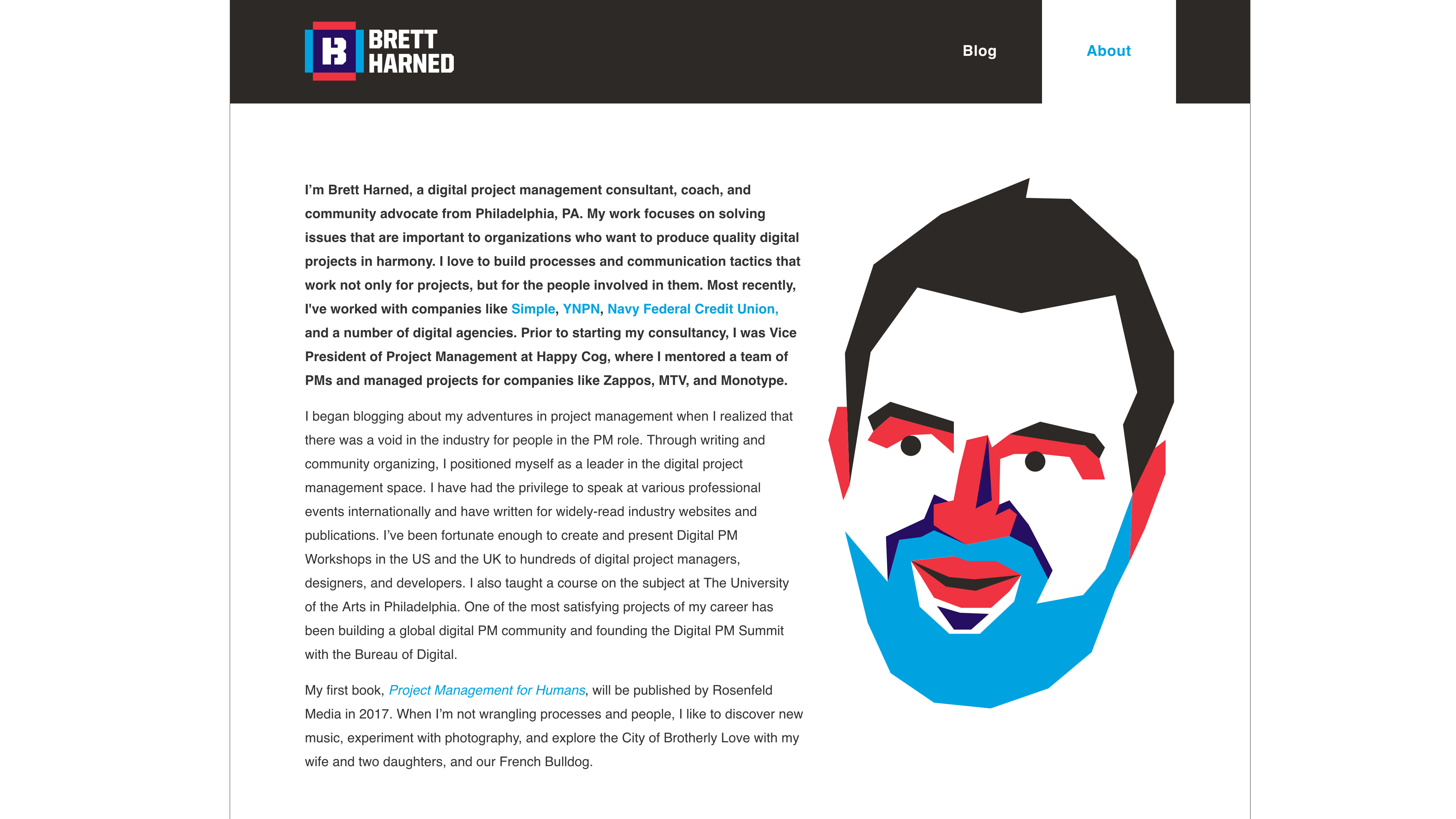
Confining the PM role to managing timelines, budgets, and a to-do list is a mistake. Project management is not about box checking – it’s about people: building relationships, facilitating valuable communications and collaboration, and most of all, understanding the motivations of clients and teams, to craft a project path that works for everyone.
When agencies de-prioritise a PM’s involvement with a team and clients, and don’t allow them to be active members of their teams, it shows. Details get missed, people are confused, and clients lose faith in the agency because they see the disconnect between the budget and timeline and the actual work happening.
When agencies don’t allow PMs to be active members of their teams, it shows
When a PM is deeply involved, things happen more smoothly. Not only are the budget, timeline and tasks in check, people communicate openly and in a timely way, details are documented, there is a better sense of teamwork, and the product tends to be stronger.
PMs can keep projects ‘on the rails’ by managing the details with great care, building relationships, and supporting transparent communication around project details. Any conversations about strategy, scope, timeline, or even project possibilities need a PM at the table. They bring rational judgment and clarity around a project’s scope and if it sounds like a lot, it is. But when the PM job is done well, it’s magical.
Feed the famine
To run a profitable and sustainable shop, you need to keep the money flowing. One way is to fill up your sales pipeline with new client projects as quickly as possible. This is a costly process, though. You bleed time and effort landing the right clients and must often add resources quickly to get the work scheduled during dry spells.
Even worse, if smaller, more demanding clients go away after a small or short project, you still spend the same amount setting up and running the project, plus you need to lay off your new team or contractors soon after. This burdens your business development team, your existing staff, and costs your team a ton in onboarding. The truth is, quick sales only address the surface level symptoms of revenue inconsistency.
The second way to feed the famine is to smooth out revenue flow. Consider your most under-appreciated and under-utilised business asset: the loyal, hard-working project manager.
Sure, project managers juggle calendars, put out fires, and shuffle tasks. All good project managers can ring the iron triangle of time, scope, and budget, but there are some magical things a good project manager does that can transform your business (and if your PM isn’t doing them, we should talk).
Your customer service agent
If you’re in the business of ‘creating great experiences’ and wowing your clients with apps that steal their breath, ask yourself: is the experience of working with you just as great? Do your clients fall in love with you and respect your processes or do they push back furiously because they don’t trust your project teams to lead?
I can’t tell you how many companies I’ve worked with who did amazing work yet suffered the fallout of scope creep, mismanaged expectations, and the spotty revenue that resulted. Great project managers wear the smile of expert customer service agents. They guide teams at the elbow; project concerns get tied with a bow. PMs make sure the experience your client has during the project is as good as the lie your salesperson sold when it started.
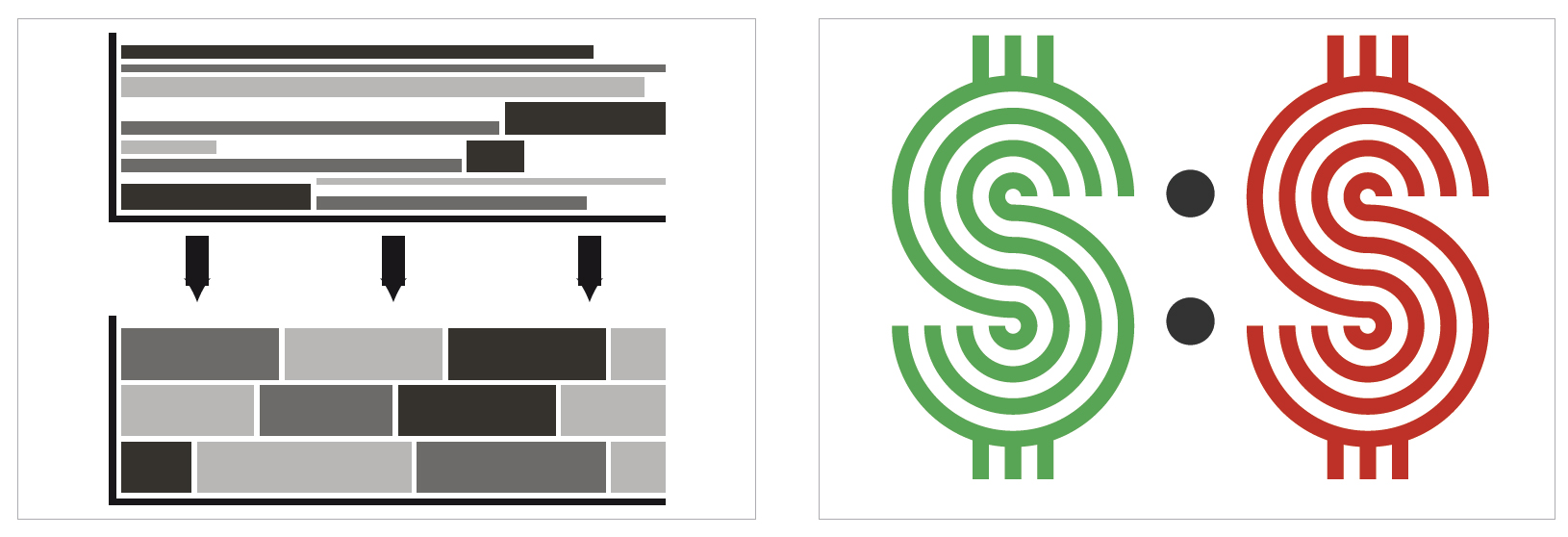
Project managers are the primary point of contact and set the expectations, tone, and cadence of their projects. They translate the whims of the team and push back against requests that hurt the project. When you have an artful PM dampening conflict and keeping expectations in check, your clients stay longer, pay on time, and even refer you additional work.
Your secret business developer
Good companies love scope creep – when they can anticipate it. Otherwise, it’ll drag your projects over budget and weeks over schedule. To deal with the slip, your team has two choices. Work overtime to accommodate the extra scope or blow project deadlines. The first leads to resentful, overworked teams and sloppy deliverables. The second leads to delayed payments, fuming clients, and old projects bumping new ones out or overlapping them. More simultaneous projects create a resourcing nightmare for you and your hiring department. And worse? You still have to pay out your contractors with money you won’t get from your client.
Good project managers eat scope creep for breakfast. They anticipate it, recognise it, and know how to turn potential overages into future phases or features which means ongoing revenue and more predictable resourcing. Your project manager is a natural business developer. Look at these amazing feats:
- Transforming scope creep into a future backlog
- Prioritising high value or higher revenue requests from current clients
- Notifying and billing clients right away for agreed-upon scope changes
- Building transparent, trustful relationships with clients who refer more business your way
Remember that pesky sales pipeline? The easiest sale will always be to your existing clients, and the more you can turn those current projects into long-term work, the more valuable they become. This means fewer new clients to pull in. You can be profitable while maintaining the size of your client list and avoiding the cost of hiring or contracting new faces to do the work. Oh, and project management works hand-in-hand with sales.
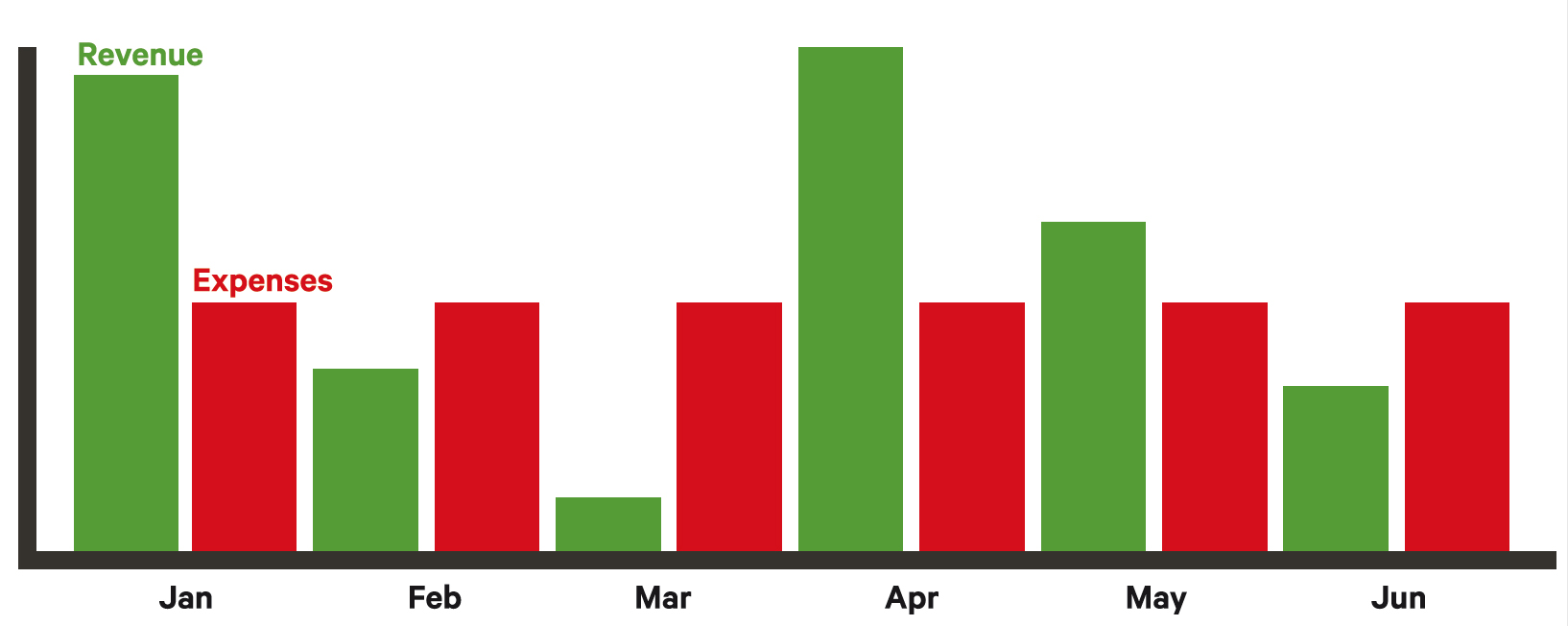
Resources
Having the right tools as a PM can mean the difference between clear data and guesses in the dark. Cushion is one example of a handy tool that teams can use to track their incoming revenue on projects. Additional integrations are on the way.

Your expert fortune teller
Agencies are often tempted to take on rotten projects to feed a cash flow shortage. They might seem lovely on the surface, but are tar pits waiting to pull you under. Sometimes the reverse is true: agencies turn down projects that reek of mediocrity but have amazing potential underneath.
How can you predict a project’s future? Well, good news: you’ve got an Oracle among you. No one is more attuned to sniffing out the darling projects from the duds than your sharp-nosed PMs. They smell red flags before that project even slides through the door. They can also alert sales to push back on requirements to align clients closer to your company’s goals while creating a mitigation strategy to guide the process.
Great project managers know the difference between a red flag that costs you a small amount and one that can throw your project and your team financially overboard. Trust good fortune and let your project managers sniff out the risks on your project track before they even start.

Lean processes, lean PMs
It’s not what you do that sets you apart, it’s how you do it. Collectively, creative companies and their people are facing a tumultuous future as technology and automation blindside their best laid plans. There’s no more time for long project documents and rigid rules. Lean methodologies rein. Clients want transparency and participation. They want a real-time view of how much money they’re spending and how progress is helping them meet goals. They want authentic relationships that aren’t mired in red tape. And so do you.
Lean project management is a solid way to save your agency time and money
Lean project management is a solid way to save your agency time and money. Smooth, low barrier processes let you refine systems that prioritise productive flow, which means lower effort in production and in project transitions. In other words, you can charge the same for a project that takes less effort and less resources where other shops need to charge more because they stick to the same approach.
Even better: great project managers are wired to seek out efficiencies, improve and simplify processes, and refine systems. They have laser vision when it comes to making operations more effective.
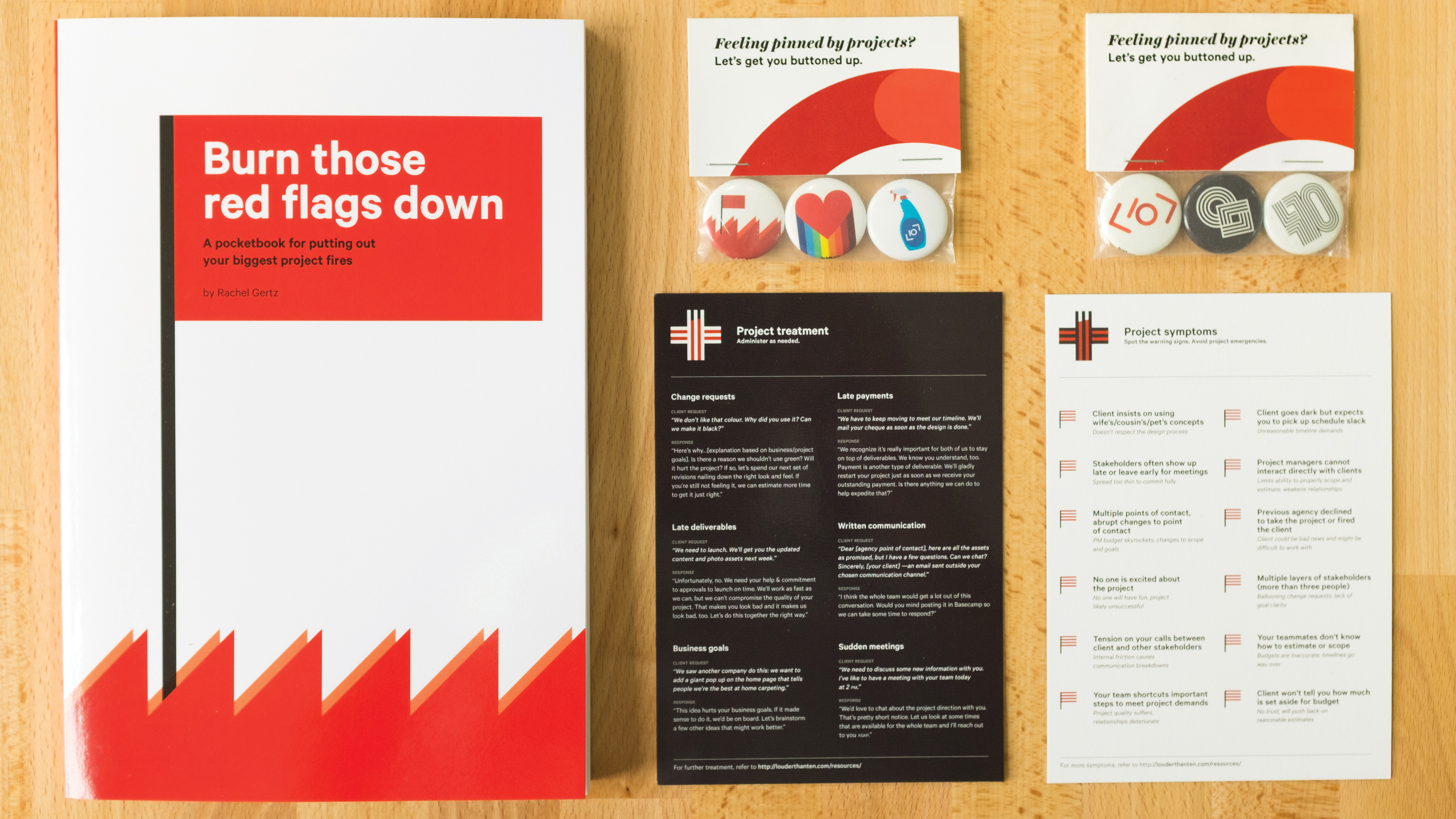
Make the most of your PMs
One thing that destroys me is when shops say they don’t bill for their project managers’ time. Without great PMs, projects fail. So if you want to start running successful projects, bill their effort to the client. Don’t make it a line item, either. They are fundamental to the process, so bake PM into your budget and give them the right ingredients to work with.
Effective project managers have the ability to shape your company processes, improve your revenue, and smooth out your cash flow – if you let them. Here’s how to set them up for success:
01. Your business goals
When project managers understand the grand mission of your company, they have the power to help vet and align your ongoing projects to your company goals. They can rein in requests or client behaviour that takes you further away from your goals. The more projects align, the higher the chance you’ll get similar work that propels your company further. Involving your team in the goal-setting process and getting their buy-in is paramount. If they own the process, they can drive it.
02. How to make money
How much does a meeting cost? How does your company set its rates? Good project managers know. When they understand your break-even rates and how you structure your billing, they can rapidly support estimates and accurate ballparks that take red flags into account, then expand those into detailed probability-based project estimates by reviewing research and discovery findings. Great PMs can show you the double hit you’ll take on revenue when a project is a month delayed. They’ll save you a lot of money by supporting decisions on projects that keep you on track and profitable.
03. Your client’s goals
Your PMs are the nucleus of your company; they’re tied to every decision maker and outcome of their projects. As key points of contact, they must understand where your clients want to go. Understanding clients’ business goals means your project managers can translate effective changes that drive more value back to clients, which can translate to more value for you. Great PMs vet these changes to make sure that they don’t take your company further away from its goals. Amazing PMs can inspire and align stakeholders so those goals are reachable.
04. The financial rhythm
When your PMs understand your expense cycle, they can help design a more predictable revenue and cash flow, and can schedule projects more predictably. When you avoid the growth and shrinkage of an unstable team, you build trust with your employees. People are happier, they stay longer, and do work that brings you more great projects. On-boarding and hiring costs decrease, and there’s more room in the budget for professional development, which further accelerates your team.
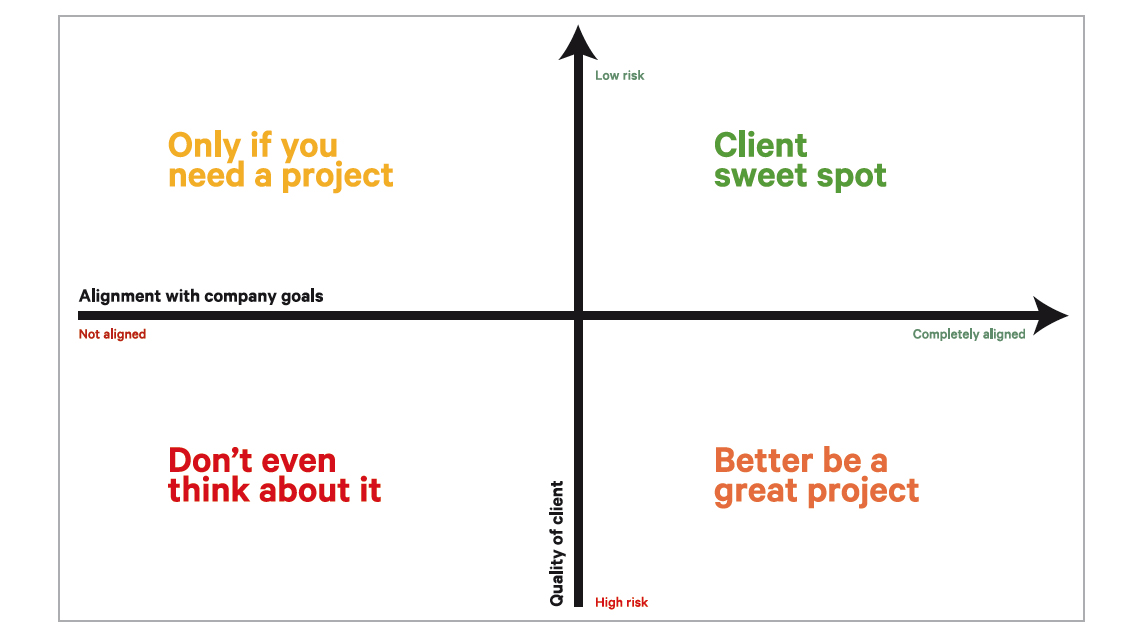
The ones who keep the lights on
Project managers are the underdogs of the web industry. They don’t get any credit, they’re overworked and under-appreciated, and they’re constantly diverting pressure from their teams and clients so the work gets done. Shockingly, most project managers also don’t have access or input into the core variables that enable them to save your company time and money: your business goals, your revenue and expense cycle, and how you set your rates. But maybe that should change. It might take a little training to get your PMs comfortable connecting the revenue dots, but think of how much it’ll impact your company.
In the end, the success of your business rests on the health of your projects and the adept hands of your project managers. Average project managers can hustle projects in and out of your company. Good ones can manage project scope and can predict their impact. Fantastic ones? Well, they’re worth more than their weight in gold. They’re the ones who truly keep the lights on.
Illustrator: Marcus Faint
This article was originally published in net issue 296. Subscribe here.
Like this? Read these!

Thank you for reading 5 articles this month* Join now for unlimited access
Enjoy your first month for just £1 / $1 / €1
*Read 5 free articles per month without a subscription

Join now for unlimited access
Try first month for just £1 / $1 / €1
